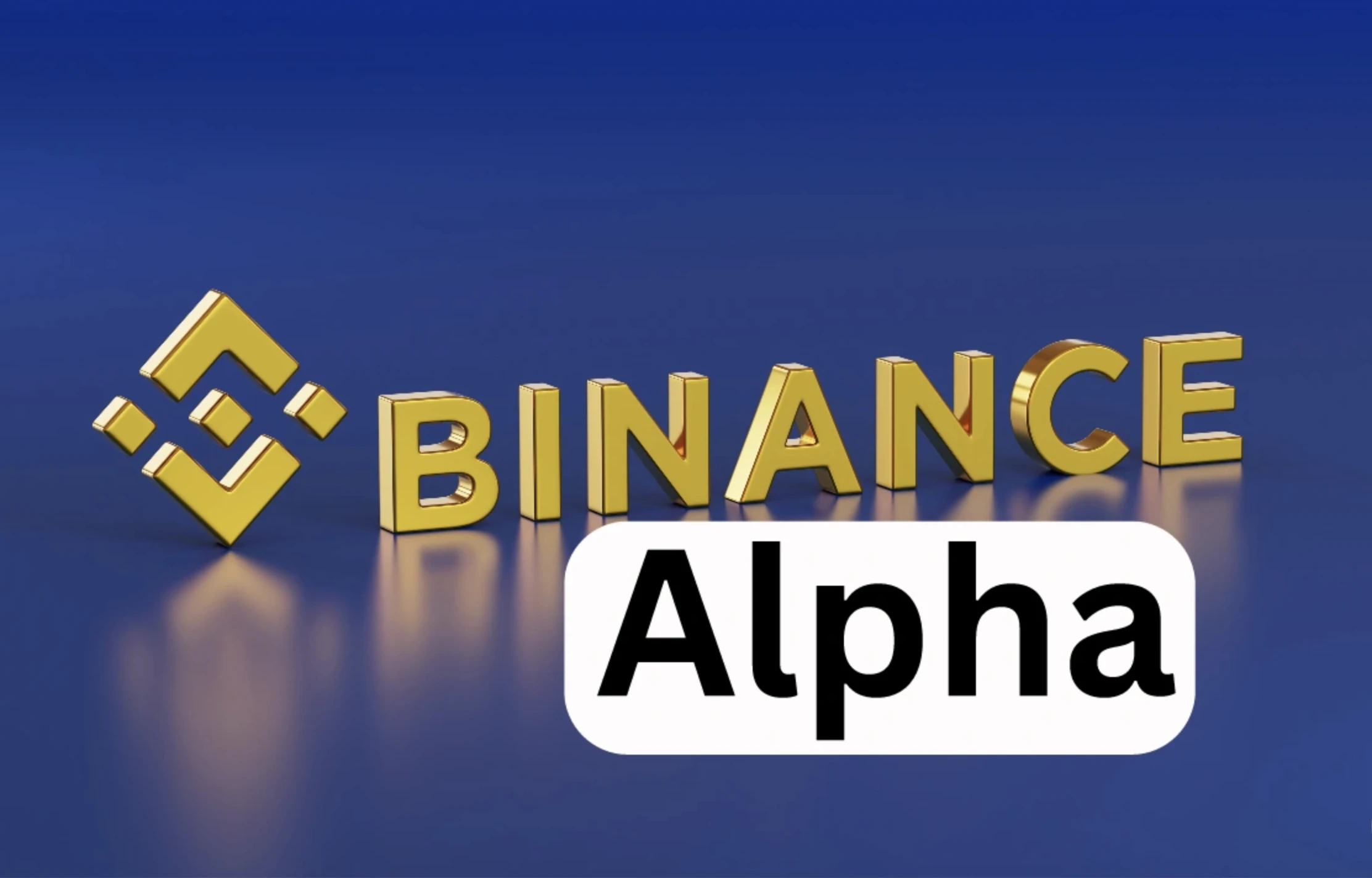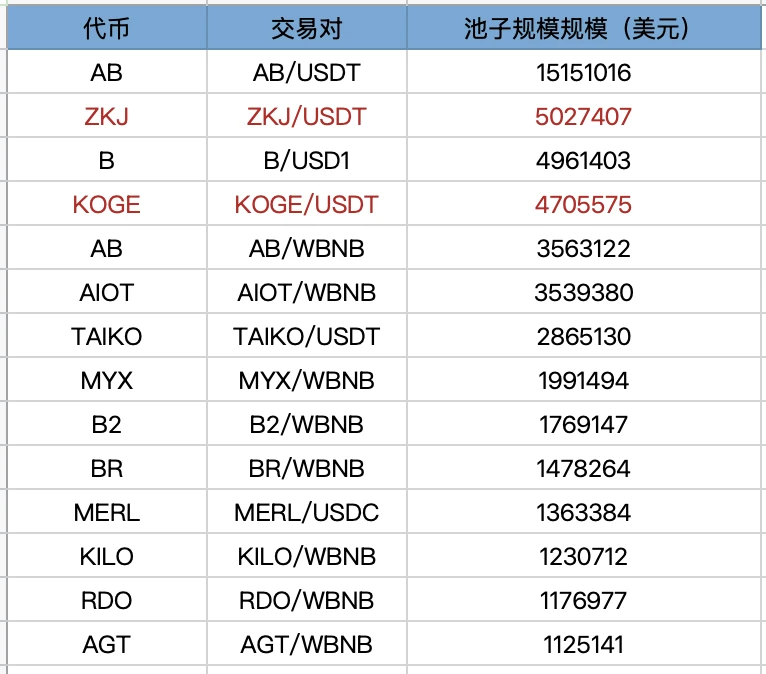Original | Odaily Planet Daily ( @OdailyChina )
Author: Azuma ( @azuma_eth )

Last night, Binance Alpha tokens ZKJ and KOGE suffered a flash crash. Under the influence of unknown whales deliberately withdrawing liquidity and dumping the market, both major tokens suffered a knee-cutting level drop.
Odaily Note: For details, see KOGE and ZKJ were closed overnight, and Binance Alpha was forced to grow .
For a long time, as the two tokens with the most sufficient liquidity and the lowest pool fees (0.01%) on Binance Alpha, ZKJ and KOGE have always been the main choices for users to increase volume and earn points on Binance Alpha. Previously, the main method was coin-to-coin swiping between the two, but Binance has issued the latest announcement that coin-to-coin swiping is not allowed.
After yesterday’s “harvest”, a large number of users were confused about whether to continue participating in Binance Alpha after getting up this morning. Some users may have chosen to give up, but some users believe that Binance Alpha still has potential profit expectations, but they don’t know which tokens to swipe after avoiding ZKJ and KOGE.
“Efficiency” and “Wear and Tear”
First of all, it should be made clear that the two major factors that users need to pay attention to when brushing points on Binance Alpha are nothing more than efficiency and wear and tear.
“Efficiency” refers to the number of points you can earn per unit of transaction volume.
Starting from May 1, Binance launched a points incentive activity, which doubled the trading volume of BSC Alpha tokens and limit orders. In this context, choosing to trade BSC Alpha tokens or using limit orders is undoubtedly a more efficient option, but considering the flash crash like last night, I personally do not recommend using limit orders that will amplify uncertainty and prolong operation time. Instead, I recommend directly choosing BSC Alpha tokens to enter and exit in seconds at the market price.
“Wear and tear” covers many aspects, such as security, fees, and slippage.
The security can still be referred to yesterday’s flash crash. I personally think that most Alpha tokens are not suitable for long-term holding (except for a few tokens, it is not recommended to set up LP), so the more recommended solution is still in and out in seconds, without getting hurt at all.
Transaction fees and slippage are the main contents of this article. At present, BSC Alpha tokens are mainly using PancakeSwap to form liquidity pools, and the transaction fee levels vary from 0.01%, 0.05% to 0.25%, and 1%. Obviously, the tokens with a transaction fee level of 0.01% will have lower wear and tear; slippage is mainly affected by the liquidity of the pool, so we should give priority to trading tokens with greater pool liquidity.
PancakeSwap pool status
The following figure shows how we sort Alpha tokens with a liquidity fee level of 0.01% in order of pool size based on real-time data from PancakeSwap. We hope this will be helpful for your subsequent score-brushing operations.

Afterword
The above is the objective liquidity status of Alpha tokens with a fee level of 0.01% in all liquidity pools in the current BSC ecosystem . However, in specific operations, there are still some tips to reduce wear and tear - for example, some users will observe the K-line trend strategy and try to buy and sell in an upward trend to offset trading wear and tear, but I am not very good at this, and it is easy to lose balance in mentality due to misjudgment and turn to long-term holding, so it is not recommended for users with average trading sense to do so.
Finally, I would like to add two points.
First, the gameplay of Binance Alpha is a game between expected returns and accumulated costs . After the collapse of ZKJ and KOGE, the tokens with the best liquidity, users who choose other tokens for trading are likely to experience higher wear and tear. Therefore, users need to evaluate the expected number of airdrops or new issuances they can receive every 15 days based on their own points status, and then estimate the returns and risk-return situation based on wear and tear.
Second, after this incident, Binance Alpha is likely to make certain changes to the subsequent gameplay rules , and users need to pay attention to subsequent rule changes in a timely manner.










